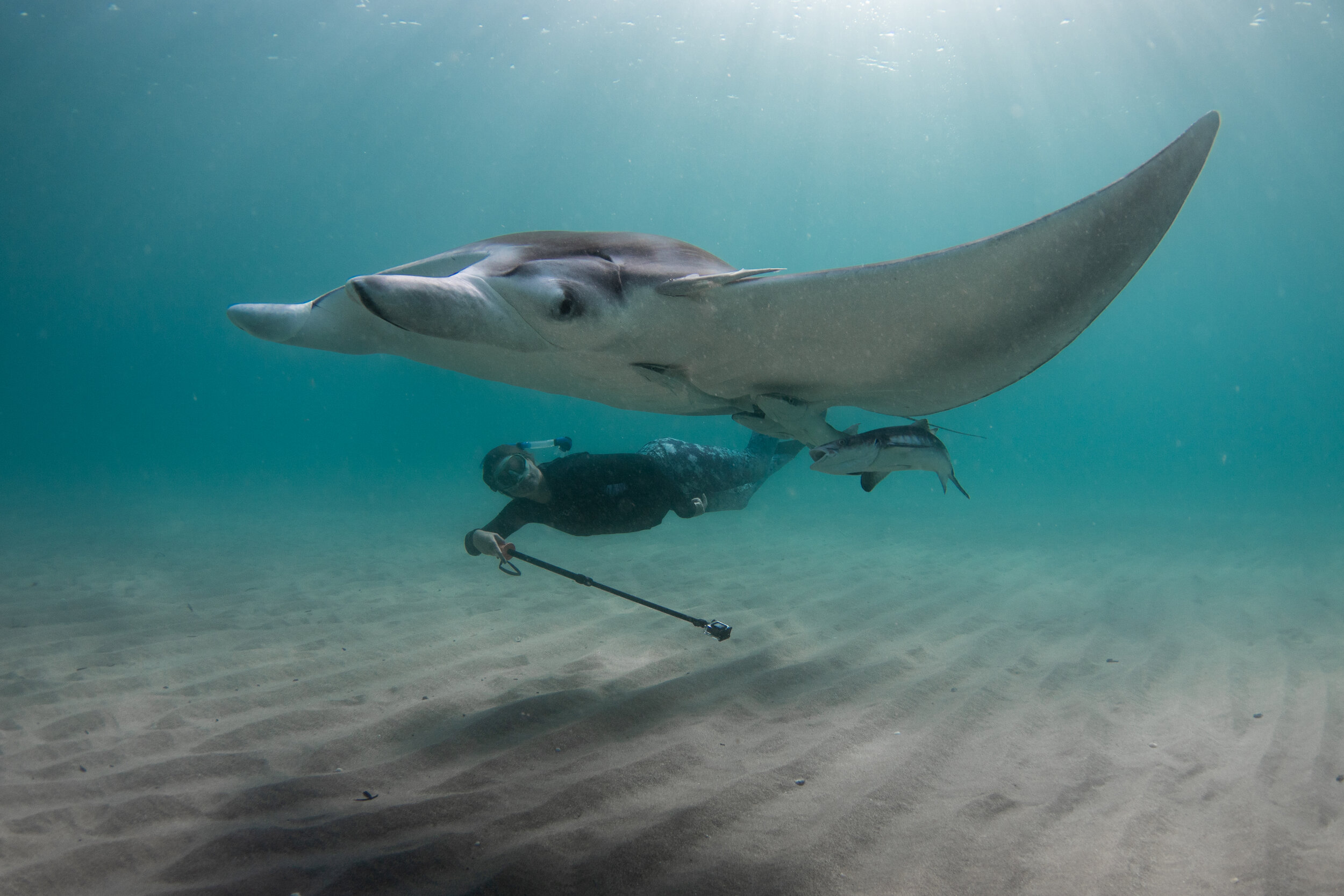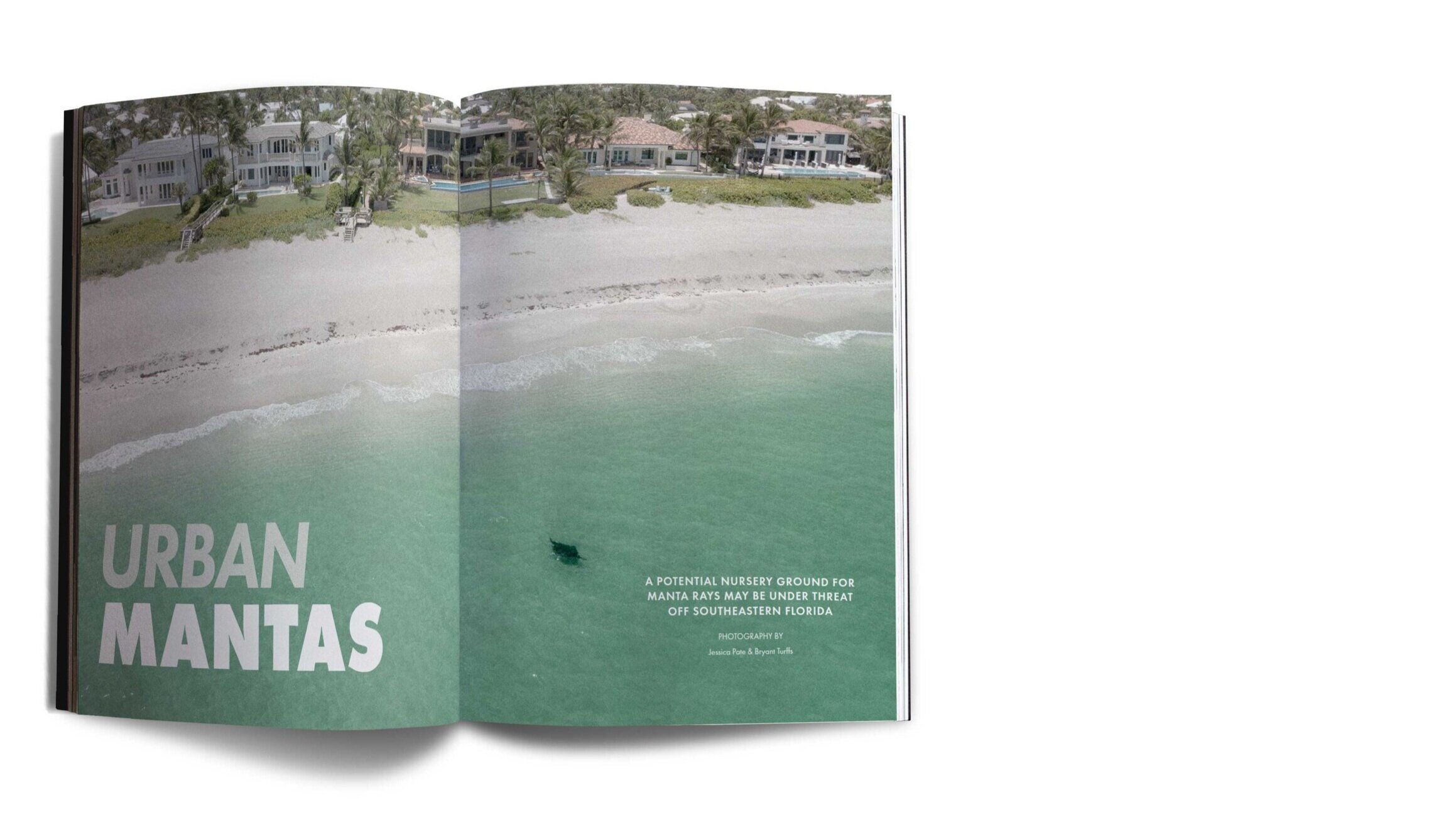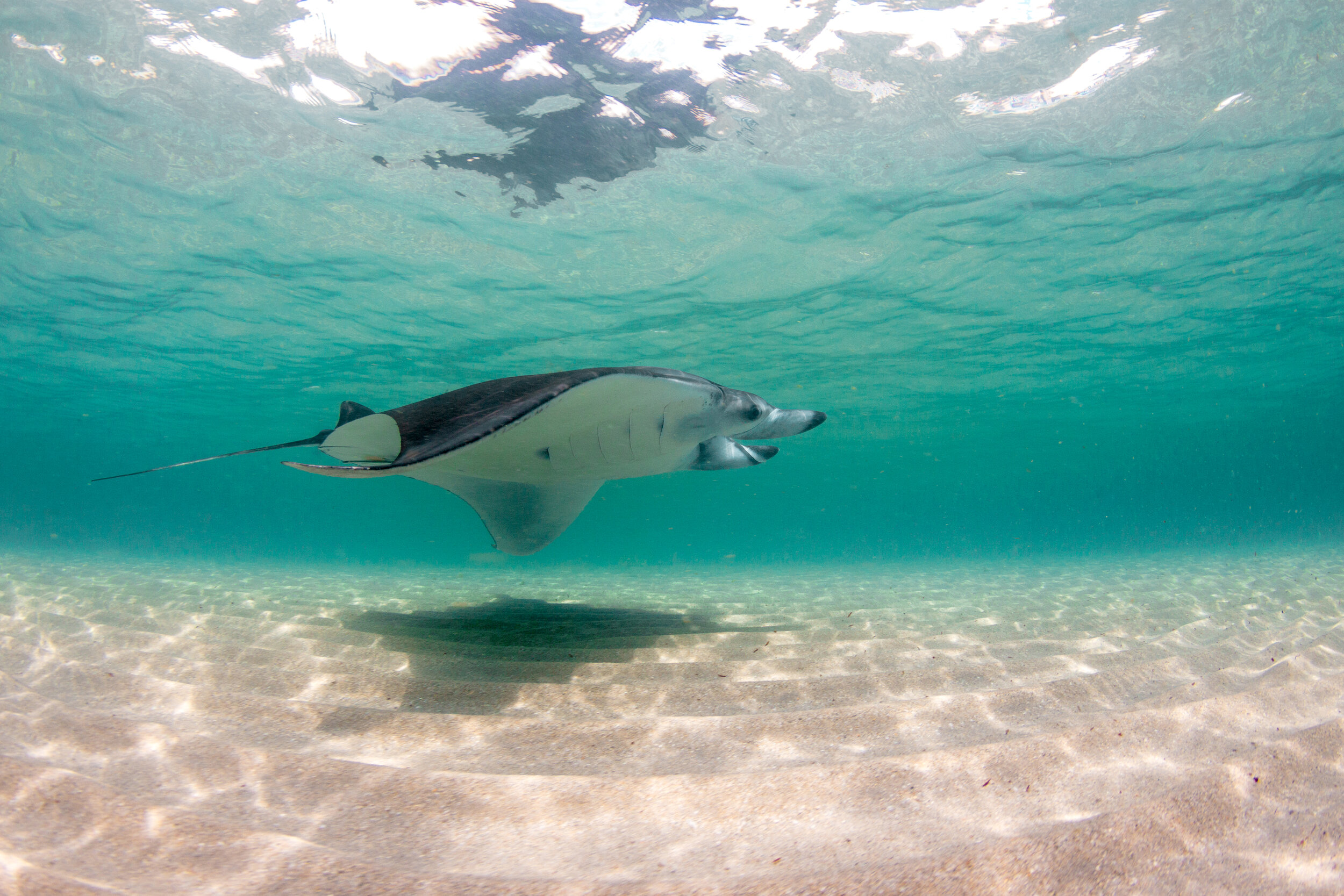
Projects in the Americas
The Florida Manta Project
What’s this project about?
The Florida Manta Project is the first dedicated study of Florida’s manta rays. Florida is home to both a rare manta ray nursery habitat and a large seasonal aggregation of adult manta rays.
Our pioneering work aims to fill knowledge gaps in manta ray life history, provide data to government agencies, identify critical habitats, and promote conservation and awareness.
Key successes to date
Published the first study of Florida’s manta rays, describing a potential nursery habitat along a highly developed coastline.
Conducted and published the first study of recreational angler attitudes towards, and knowledge of, manta rays in Florida.
Collected a manta ray specimen that will serve as type material for a putative new manta ray species, now part of the Smithsonian’s collection.
Designed seven science lesson plans for elementary school students that are freely available to educators. See more here!
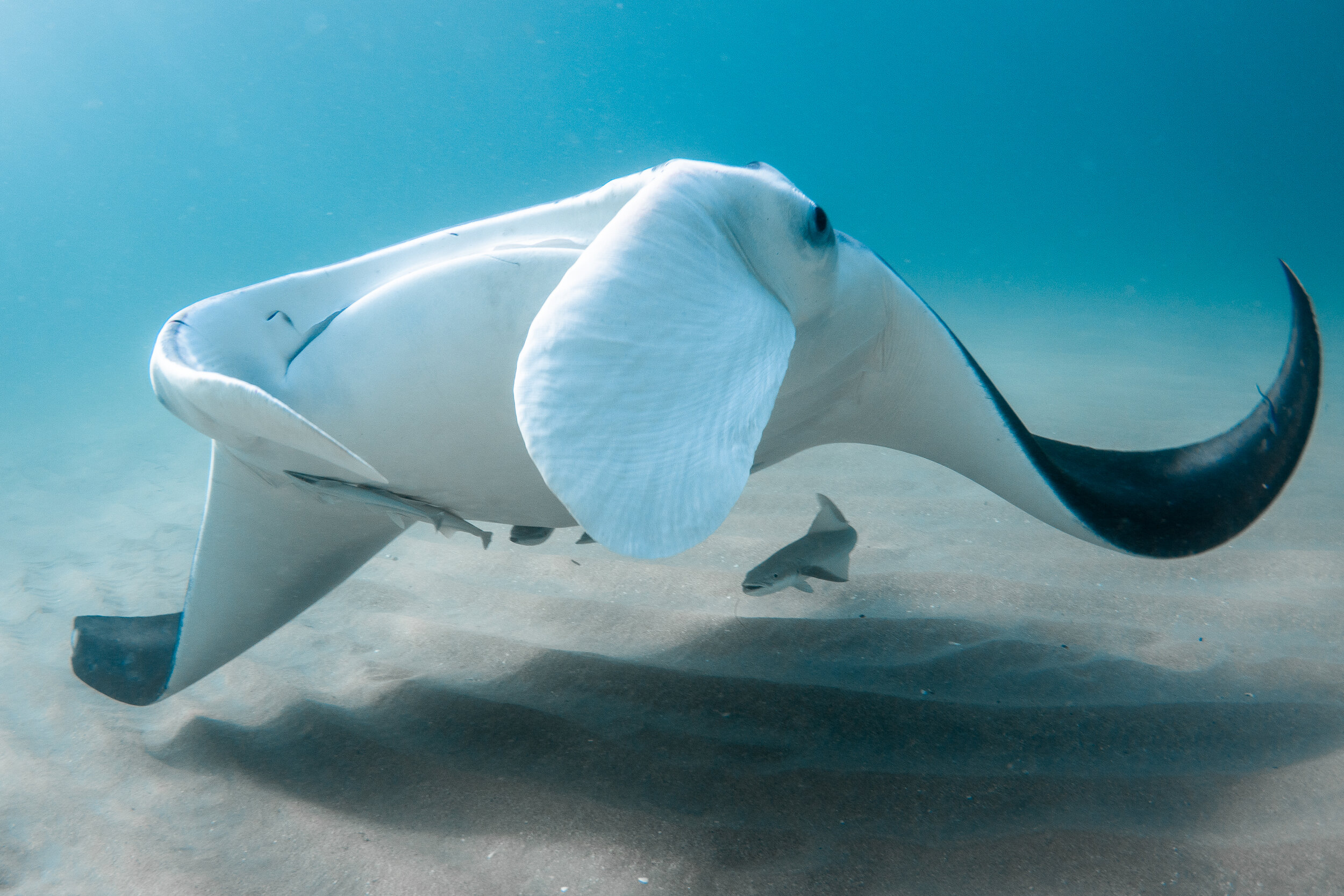
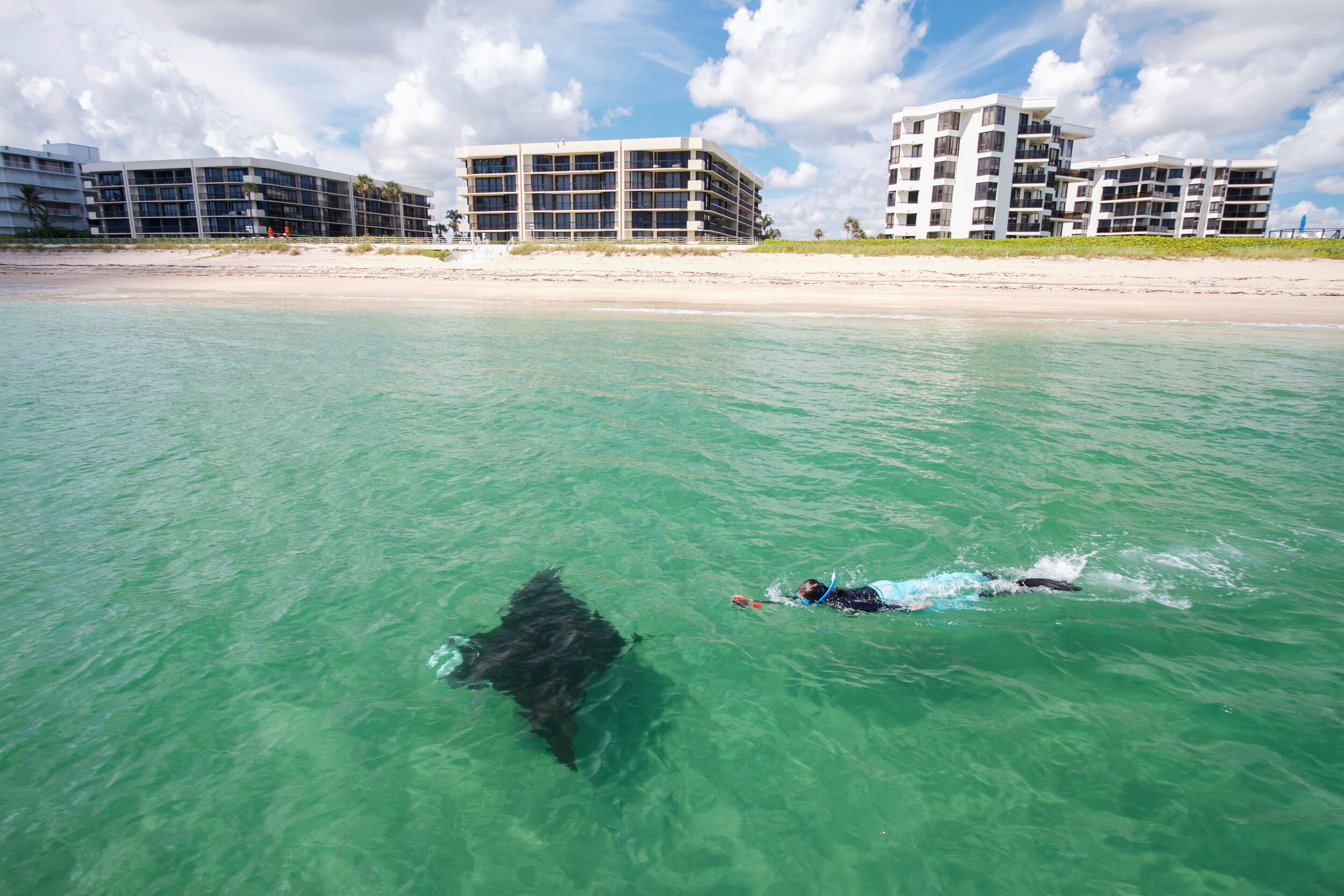
Project Overview.
South Florida Urban Manta Ray Nursery
The Florida Manta Project has been studying manta rays in south Florida since 2016. We utilize a wide array of research techniques, including in-water photography, drones, aerial surveys, and satellite and acoustic telemetry, to study the biology and ecology of Florida manta rays. We see almost exclusively juvenile manta rays in south Florida that regularly use the same sites (47% are re-sighted), indicating that south Florida is a rare manta ray nursery habitat.
Manta rays in south Florida live close to large urban centers and are frequently seen entangled in fishing lines, and with injuries from boat propellers. Surveys of recreational shore-based anglers indicate that most of these entanglements are accidental, and we have created videos (below) and posted outreach signs that educate anglers on how to avoid hooking manta rays.
In 2018, manta rays were added to the U.S. Endangered Species Act as a Threatened species, but there is still insufficient data to determine critical habitat for manta rays. We contribute data to NOAA so they can be compliant with Section 7 of the ESA by determining what projects may affect manta rays, and how to mitigate those effects.
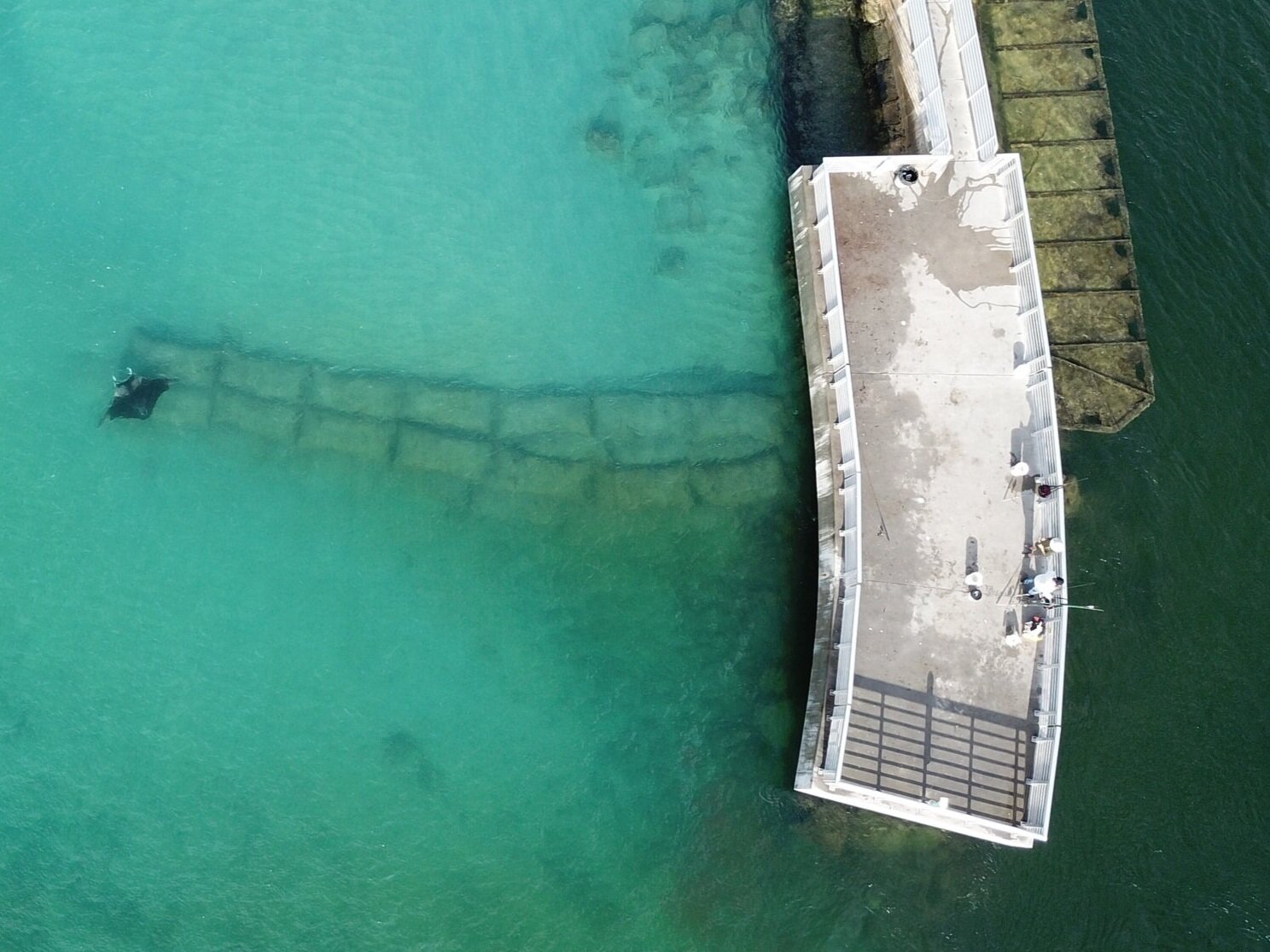
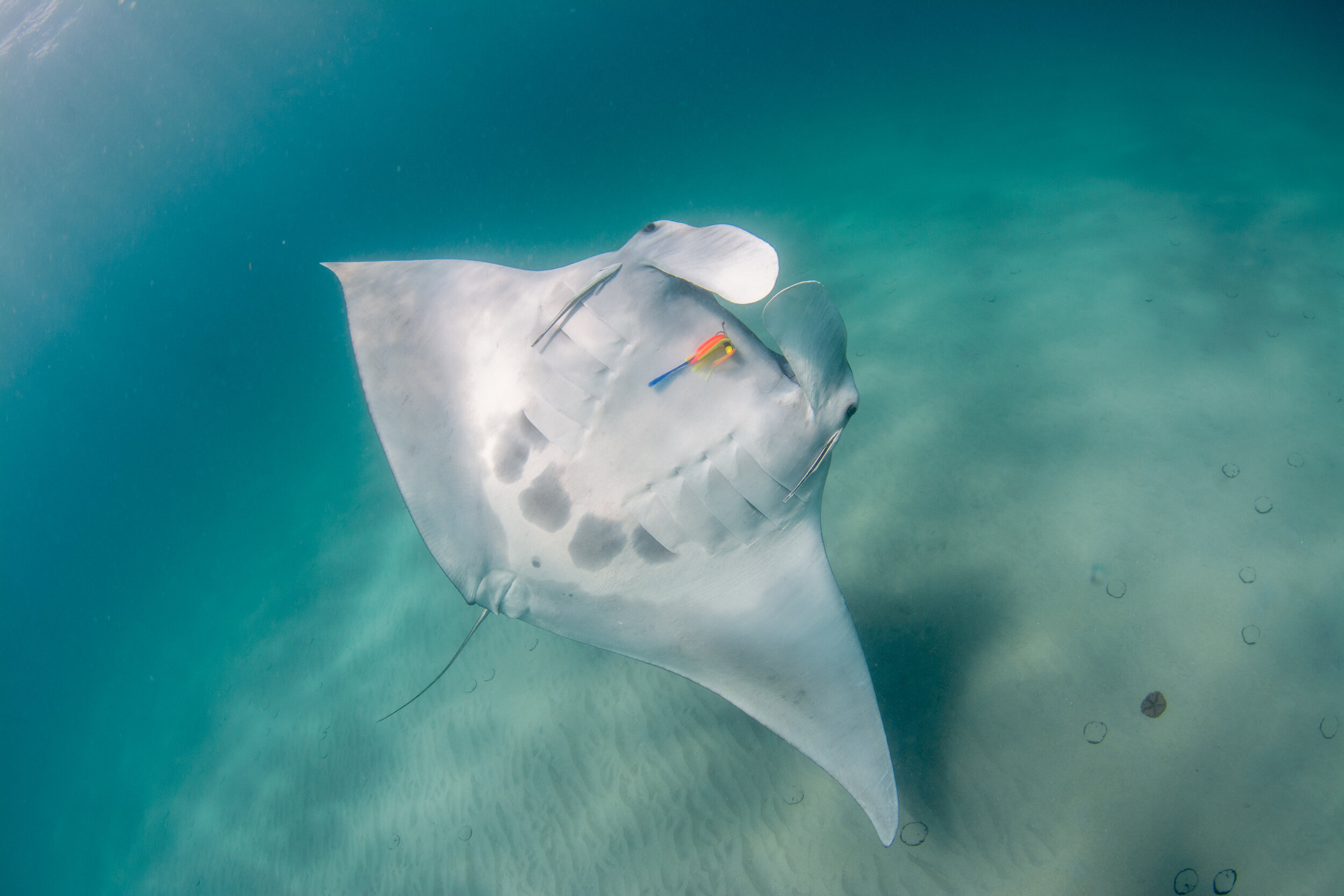
Project Overview.
Central Florida Manta Ray Aggregation
A seasonal aggregation of adult manta rays visits the Atlantic coast of central Florida each spring. While this aggregation has been largely overlooked by scientists, anglers have long been aware of these manta rays, and use them to find cobia.
We began a study of this manta aggregation in 2021. We are using aerial surveys to understand the manta rays’ spatial and temporal distribution, as well as the environmental drivers of the aggregation. Boat and drone surveys will allow us to identify individuals, document behavior, and quantify human impacts. We will be collecting genetic samples to investigate the connectivity between the adult mantas in central Florida and the juveniles in south Florida.
We will also be working with professional cobia angling guides to establish best practices for cobia fishing around manta rays and mitigate the effects of the fishery.
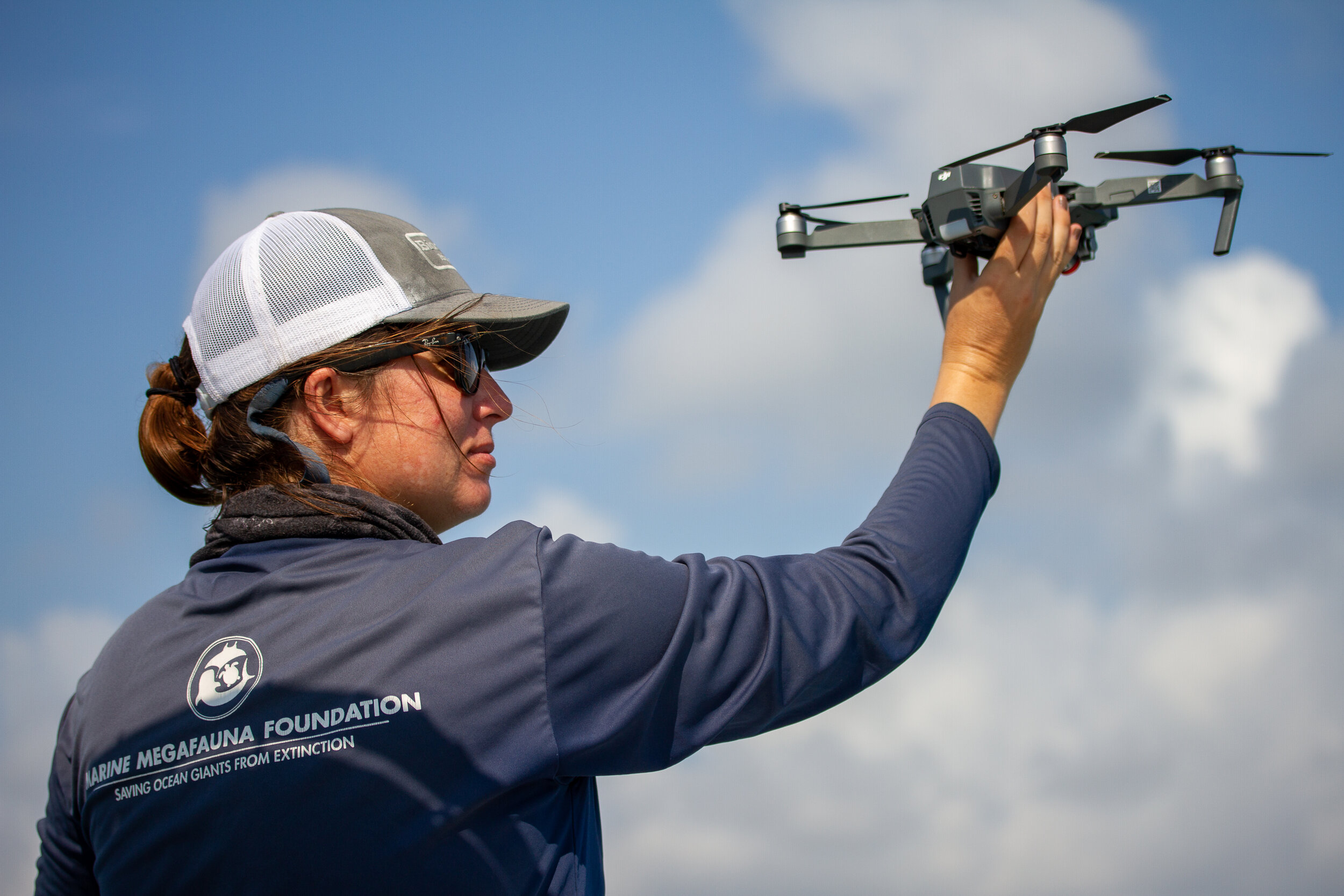
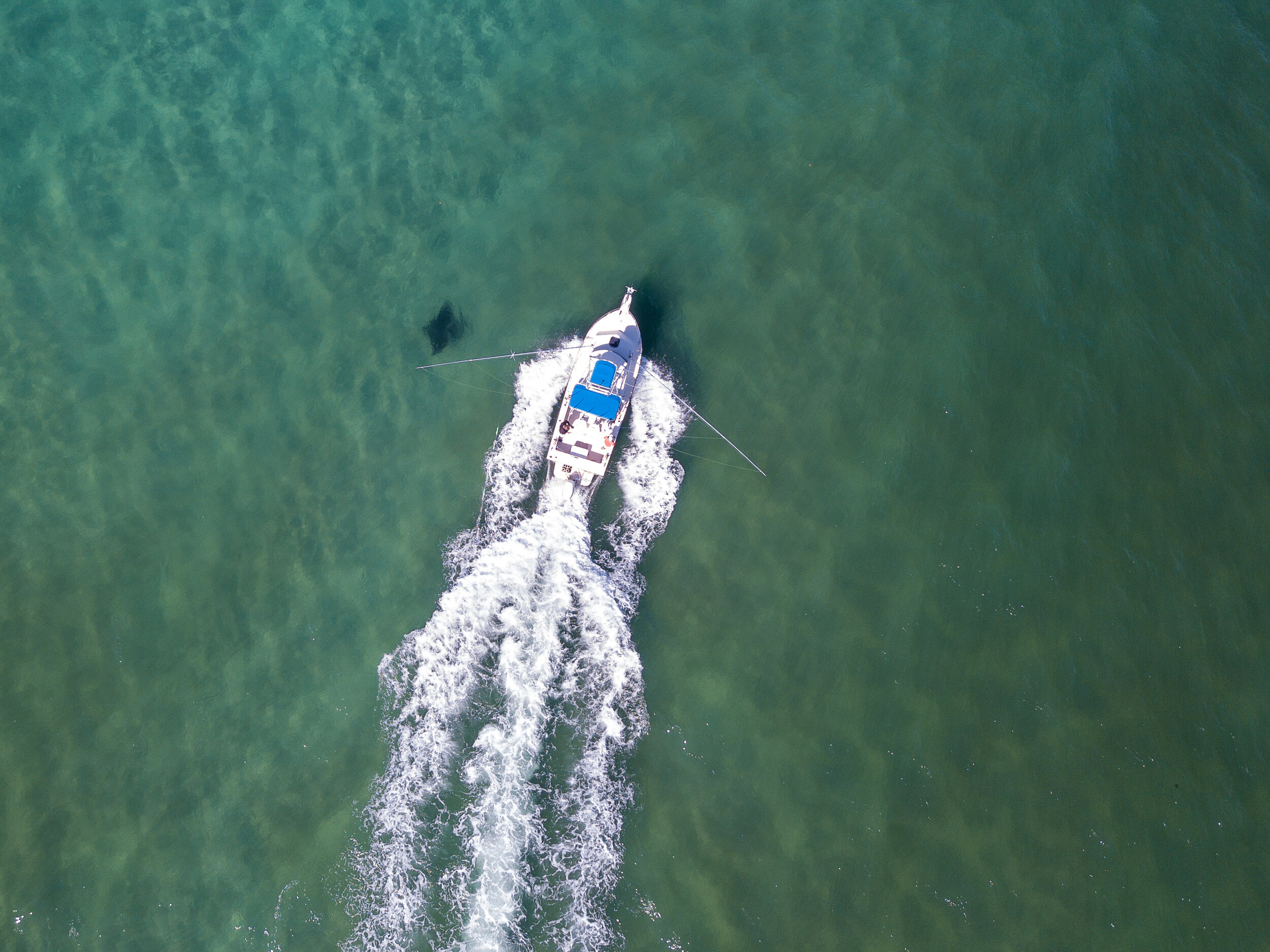
Project Overview.
Education
We have created lesson plans for elementary and middle school students (grades 3–8). These lesson plans are designed to be fun and engaging and meet Florida state standards in science, language arts, and math, as well as Next Generation Science Standards. Teachers who complete an evaluation of the lesson plans will receive a personalized manta ray adoption certificate for their classroom.
Help translate our lessons
Our lessons are currently being translated into Spanish and Portuguese. If you are interested in translating the lesson plans into your language, please contact us at Florida[@]marinemegafauna.org
Have us come to your school
Twice a month we visit schools (either virtually or in-person) to present on manta rays and marine conservation. Send us an email if you are interested in having us come to your school. We also attend local festivals and present to local groups and clubs. Florida[@]marinemegafauna.org
Project Overview.
Citizen Science
Citizen scientists are a very important part of work. Since so little is known about Florida manta rays, reports of manta sightings provide critical spatial and temporal data. If you see a manta ray, please take a photo and report your sighting to us. Florida[@]marinemegafauna.org
Project Leaders
Jessica Pate
Research Scientist & Country Manager
Jessica started the Florida Manta Project in 2016. Her research aims to fill knowledge gaps in the biology and ecology of Florida mantas, while raising awareness of manta ray conservation.
Dr. Andrea Marshall
Principal Scientist
Collaborators
Publications
Pate JH, C MacDonald, and Julia Wester. 2020. Surveys of recreational anglers reveal knowledge gaps and positive attitudes towards manta ray conservation in Florida. Aquatic Conservation in Marine and Freshwater Ecosystems.
Pate JH, and AD Marshall. 2020. Urban manta rays: Potential manta ray nursery habitat along a highly developed Florida coastline. Endangered Species Research 43: 51–64.
Press Releases
Media
Recreational Shark Fishing: Collaborating for Conservation, Season 13 Episode 1| PBS
Big manta rays found 'right under our nose' off Florida beaches | National Geographic
Amazing discovery in Palm Beach County: Giant manta ray babies and a study that could save a threatened species | Palm Beach Post
Manta Ray Research And Don’t Eat The Goat! With Jessica Pate | So You Want to be a Marine Biologist Podcast
This Woman-Led Conservation Team Is Protecting Giant Gentle Manta Rays | GOOD Magazine
A giant manta ray jumped out of the ocean and photobombed a surfer | CNN
Urban Mantas | OCEAN GIANTS Magazine
Volunteering
Want to Volunteer with the Florida Manta Project?
The Florida Manta Project has an established volunteer program that is integral to our research effort. Volunteer positions are in high demand and while we would love to accommodate everyone with an interest, please understand that our small team simply cannot manage to host everyone that inquires.
Research surveys are conducted in Palm Beach County, Florida. If you are interested in volunteering, you must live locally and have some weekday availability. Ideally, our volunteers will have strong skills in one or more of the following areas: boat operations, drone operations, free diving and/or scientific data collection.
If you meet our requirements and are interested in volunteering send an email describing your availability and experience with an attached CV to Jessica Pate. (jessica.pate@marinemegafauna.org)
The Florida Manta Project does not have an internship program.
Adopt a Florida Manta
$50
Adopt & Name a Florida Manta
$200
Support this project
Your support of the Florida Manta Project allows our small team to continue our pioneering research and conservation efforts of Floridian manta rays.
MMF is a registered 501(c)(3) tax-deductible non-profit conservation organization in the USA.
